As a first year Rabbinical student studying in Jerusalem, separation and isolation have been poignant themes throughout my year.
Beginning intense studies in an irregular setting has been an exercise in managing alienation and change. Coming to Israel in the midst of multiple failed elections, ongoing occupation and what feels like a rapidly disintegrating left has shaded this experience with a sense of hopelessness and doubt.
The addition of a global crisis has additionally highlighted these things.
The individuals, groups and organizations I have encountered with the Froman fellowship have enabled me to challenge these feelings through encounters with on the ground work that tries to build a more hopeful, just, and cohesive society in Israel.
For me, one of the most meaningful meetings was with Omdim Beyachad/Standing Together. This group, which aims to create a functioning, cohesive left in Israel, is made up of people from every sector in society. Meeting with this group showed me the breadth of work focusing on inclusivity, pluralism, and activism that is taking place.
Their goal, creating a future of “peace, equality and social justice” speaks to the themes of collective liberation and the value of building a future world based on freedom that can be found in the Passover story.
Passover comes at a time of seasonal, cyclical and spiritual change. Coinciding with the spring equinox, it is a time of flux. Passover comes at a time when many people experience individual and communal exoduses. In many places in the world, Passover arrives at the end of winter. For some, this time of year marks departure from the indoors, darkness, seasonal depression and points towards a warmer season and light-filled future.
Although the world begins to wake up during this time, spring can be frightening in its promise of change. This year, the sense of potential change in our midst is intense. The urgency and fear surrounding it are different. As humanity faces a global pandemic, exodus feels at once uncharacteristically present and infinitely more distant than usual.
As resources are put into reckoning with the present and preparing for life on the other side of the sea, exodus from one state of being to another feels poignant in new ways, changing understandings of what is expected and what is possible.
One of the most jarring and memorable images from the Passover story is the image of the sea splitting, the Israelite masses passing through its divided walls. This picture is haunting, recently freed slaves putting their feeble faith in an unseeable God to lead them through improbable struggle into a new life and thus, a new world.
Shemot Rabbah 21:10 provides us with a powerful image. The story occurs at the moment of exodus, as the former slaves forge ahead into unknown waters. We encounter a woman with a crying baby. Having no food with her besides unleavened bread, the baby’s cries encourage her to do something strange; she reaches her hand into the wall of water.
The wall does not break, drowning the mass of people. Instead, it opens for her hand and provides ripe fruits; pomegranates and apples. The woman plucks these fruits from the mass of water, grasping sustenance for her child and herself.
This moment in the midrash enables us to envision the gift of nourishment emerging from something seemingly chaotic and huge. It shows us that sustenance may be within our reach in unexpected places, if only we can re-imagine where to look for it.
The encounters that have taken place this year with the Froman fellowship have helped me recommit to continuing to imagine the possible within the seemingly implausible. The Passover story, Shemot Rabbah 21:10 and Standing Together share this idea in different iterations. Shemot Rabbah 21:10 ends with asking what is missing from the world and considers teshuvah (atonement) as the answer.
At this time of jarring change, shaken norms and disturbing politics, many things feel missing from the world. As we consider the upcoming new year and challenges that lay ahead, perhaps focusing on those things that are missing will enable us to bring ourselves back into a different world, full of surprising sources of nourishment and hope.

